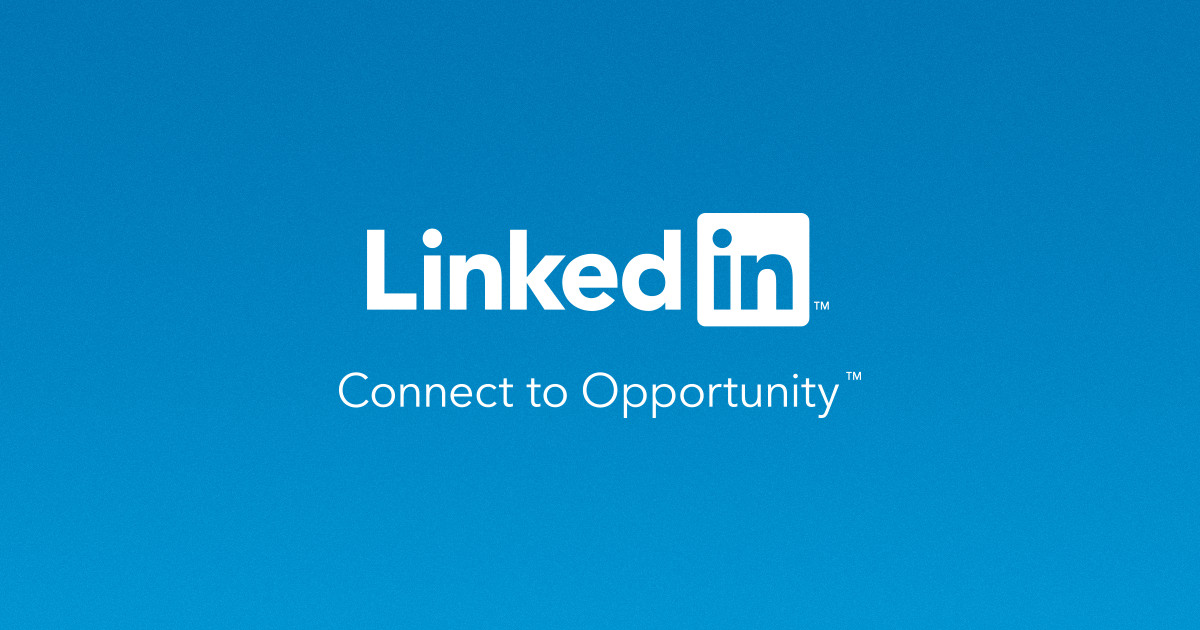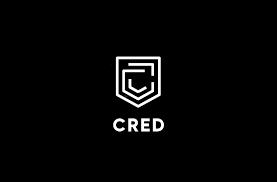Introduction
LinkedIn is a two-sided platform running on a freemium model, where to unlock unlimited search and other features, you need to switch to a paid account. The Business model of LinkedIn involves its business plan, revenue model, its competitors, SWOT Analysis and many more.

LinkedIn is the most successful B2B advertising platform. It is an online platform to connect with professionals and grow your professional network worldwide. LinkedIn not only connects you with other professionals but also with companies and recruiters. The company has uniquely positioned itself as the only platform worthy of professional networking.
Business plan
LinkedIn’s success is based on its value as a professional network where people can manage their brand while recruiters can find candidates to fill job vacancies. This is known as two-sided network effects. LinkedIn is an expert on global business trends and exploits its data to deliver meaningful research to help businesses and professionals.
The key activity of LinkedIn revolves around platform development and adding new features. The number of monthly users is its essential drivers. Naturally, it requires a platform which can increase its user base. One where they remained active and engaged with. It needs to keep increasing that number to prevent its competition from disrupting its market and displacing its momentum.
LinkedIn business model has an upper hand over other social networking platforms as it has clearer motives and a revenue model which isn’t entirely dependent on advertisements. Every user on LinkedIn has a different set of requirements.
Revenue model
LinkedIn offers the opportunity to sponsor products or services with paid advertising campaigns. The primary business model here is subscription-based, combined with pay-as-you-go, for companies that want to post job offerings. Subscription members can get access to thousands of professional courses. Thus, this segment of the business is subscription-based as well.
For professionals: The best thing about the LinkedIn platform is that its free of charge for the most essential features. No dime needs to be spent. All LinkedIn is really concerned with is ensuring that its user engagement remains consistent. And that the value of its user profiles increases.
For recruiters: LinkedIn acts as an effective tool for them to find their respective candidates and evaluate them accordingly. Recruiters can use the ‘Events’ tab, which makes it easier to access the virtual event functionality on LinkedIn.
Competitors
There are several brands in the market which are competing for the same set of customers. Below is the list of its competitors:
- AngelList
- Meetup
- Data Connect
- Sumry
- Jobcase
- Bark
- Doostang
SWOT Analysis
Strengths
- New markets: LinkedIn is an expert at entering new markets, and its expansion keeps offering new revenue streams in diverse markets.
- Dealers: Besides promoting the products, its dealers invest in sales training to show the customer the advantages of the products.
- Automation: It allowed the company to scale consistently based on the demands of the market.
- Customer relationship: Customers are highly satisfied with the customer relationship department.
- Workforce: LinkedIn invests hugely in training and developing its employees, which results in a highly skilled and motivated team.
- Integration: Over the years, LinkedIn has integrated and acquired a great number of complementary firms to strengthen its supply chain and distribution network.
- Innovation: LinkedIn’s history is marked by successful developments of new products.
Weaknesses
- Other products: LinkedIn is one of the leaders in its own field, but it is not very successful at moving to other industries or product segments.
- Attrition rate: Compared to other companies, LinkedIn has to spend a lot on employee development due to its inner attrition rate.
- Forecasting opportunities: The company does not have a good history of forecasting demands, which ends up in a higher inventory.
- Investments: The investments in technology do not cover all the expansion and vision the company is targeting.
- Financial planning: Current asset ratio and liquid asset ratios suggest that LinkedIn can use its money more efficiently.
Opportunities
- Adjacent product segments: Its stable cash flow enables the company to invest in new product segments and new technologies.
- New policies: New environmental and taxation policies represent a great opportunity for LinkedIn to gain market share and increase its profitability.
- New markets: New government agreements have provided LinkedIn an opportunity to enter new emerging markets.
Threats
- Competition: The number of players has increased significantly over the last years, putting profitability at risk.
- Imitation: Low-quality similar products are also a threat to LinkedIn’s income, especially in emerging markets.
- Supply of new products: The company develops new products as a response to other players, in a very irregular standard, which can lead to highs and lows in sales. Besides, the highly profitable products’ demand is naturally seasonal, which may impact its profitability.
- Shortage of workforce: A shortage of skilled workforce in some markets can put its growth in those markets at risk.
Conclusion
LinkedIn has become inseparable for the business community especially those who wish to reach the pinnacle of their careers. Its business model has been constructed with excellence and will continue to hold merit for its users in the long run. LinkedIn has seen steady growth over the past several years and has also been able to acquire renowned names for its expansion.




